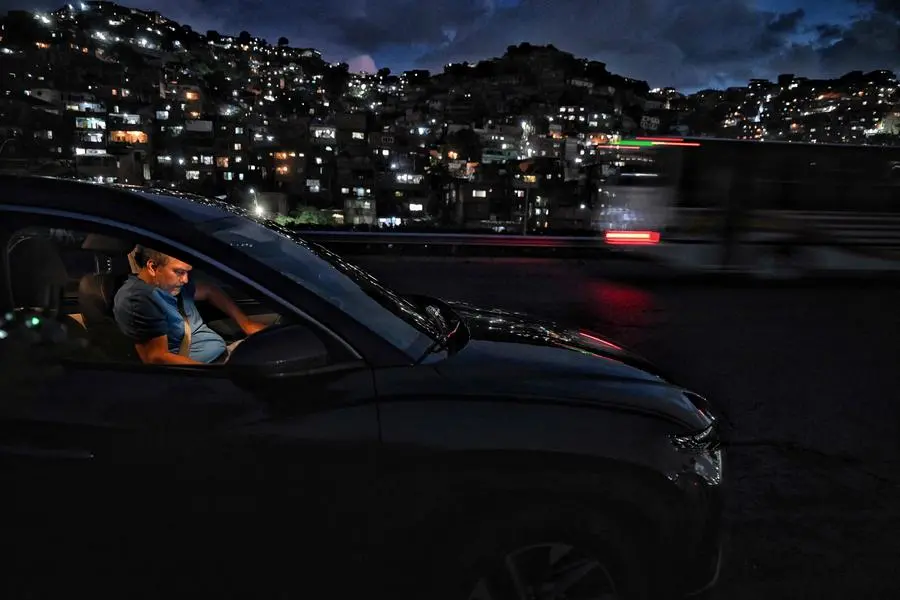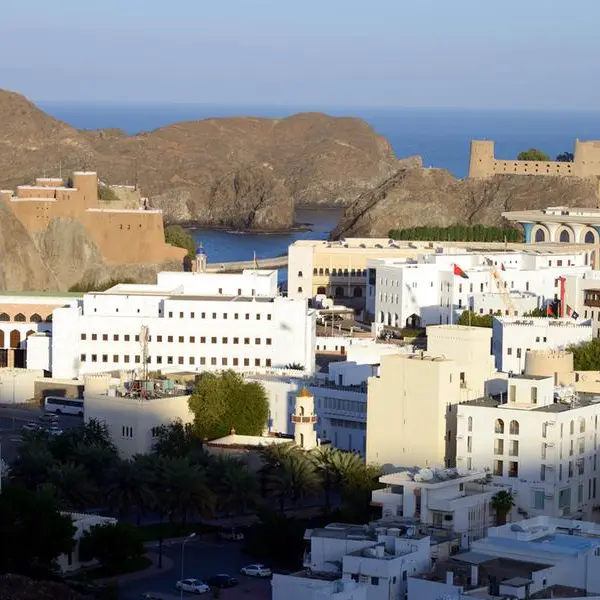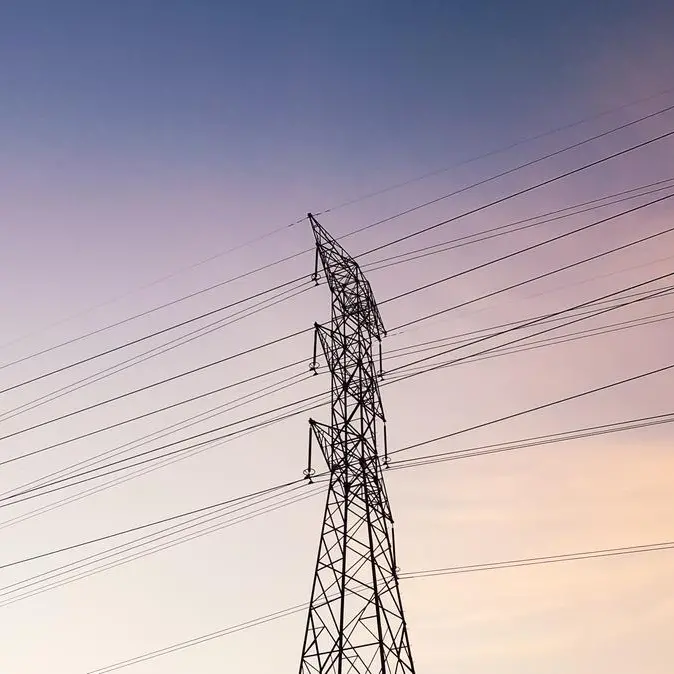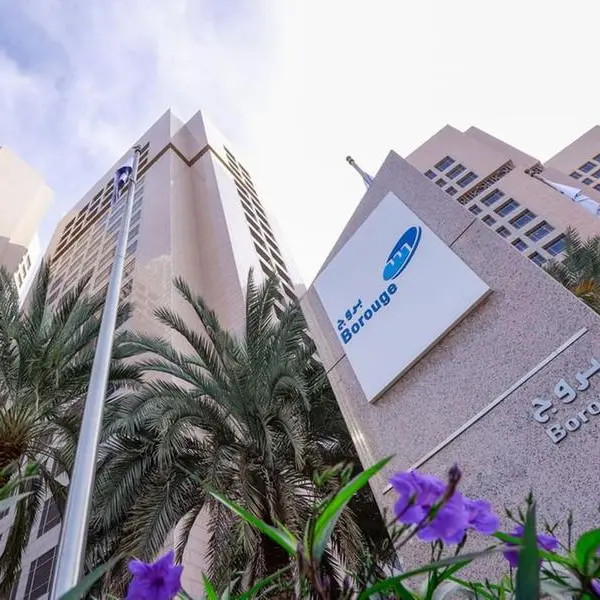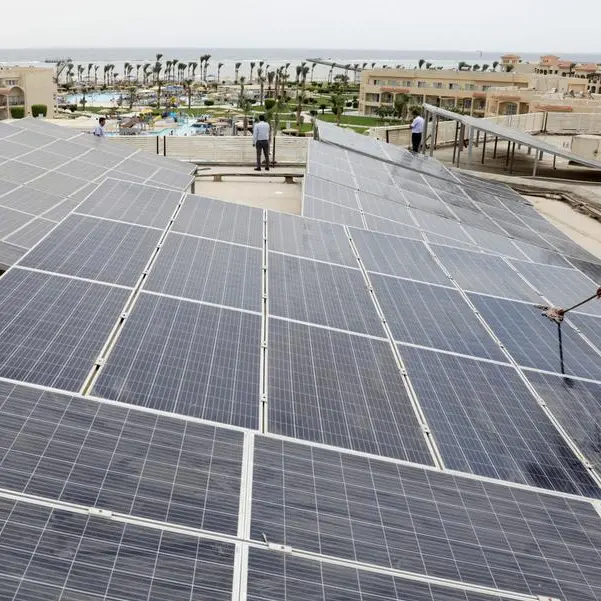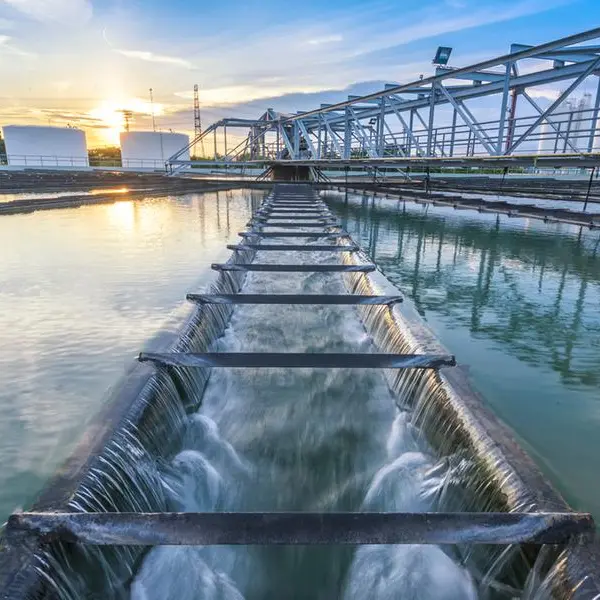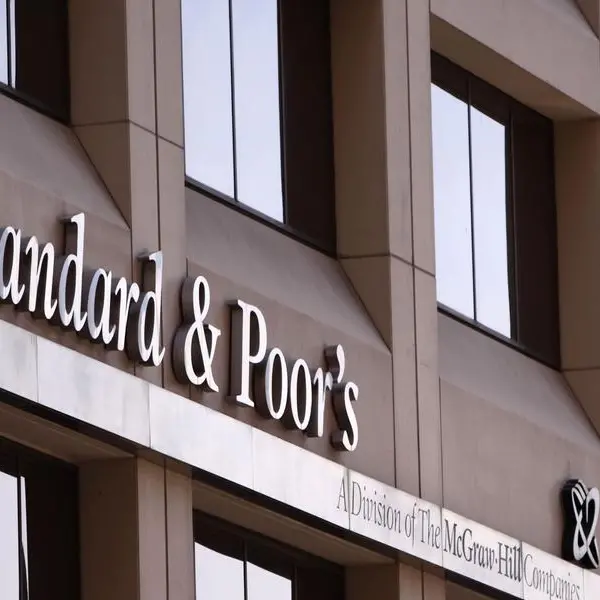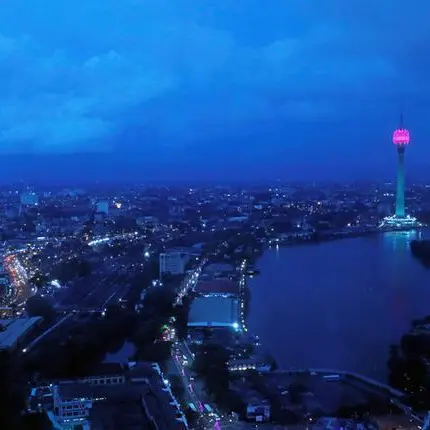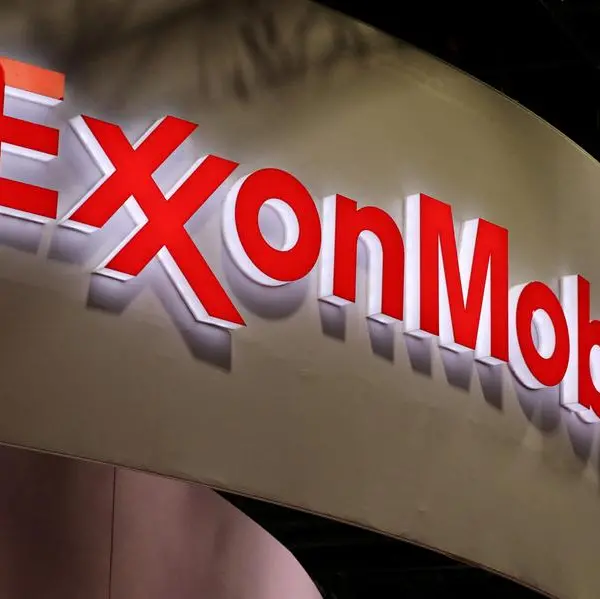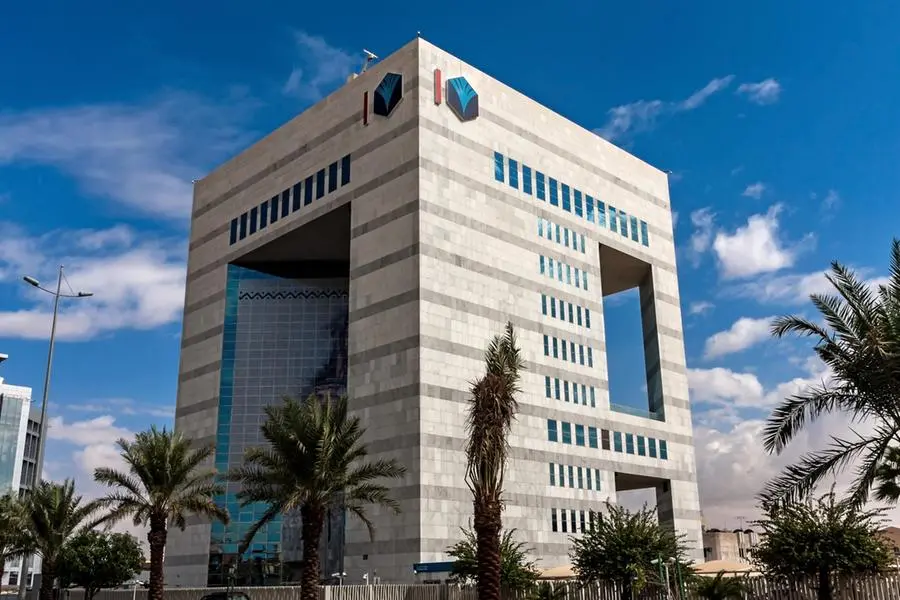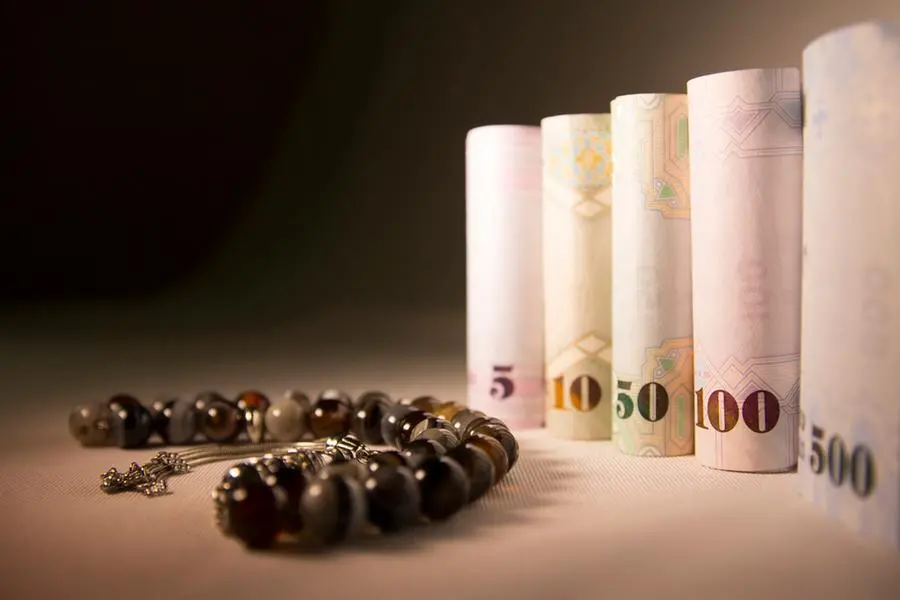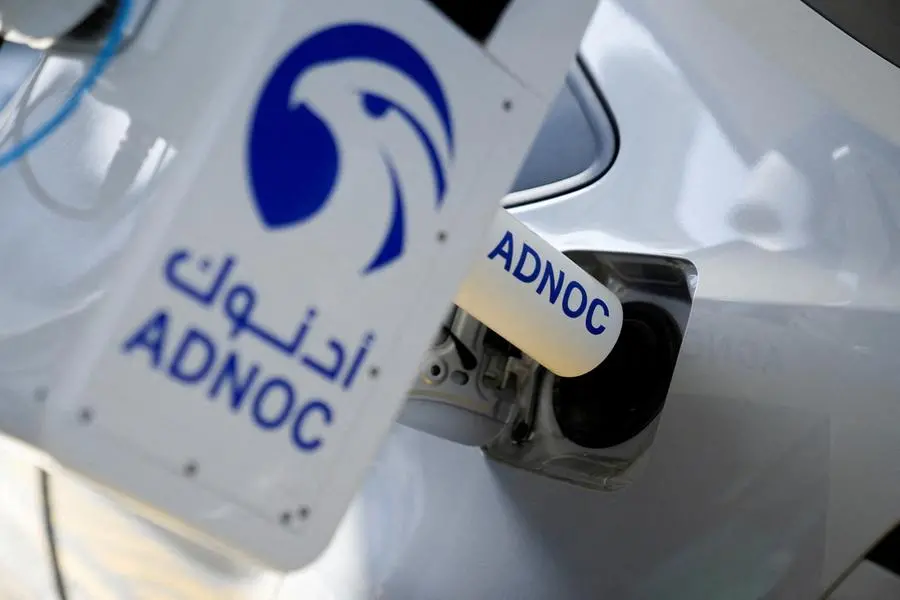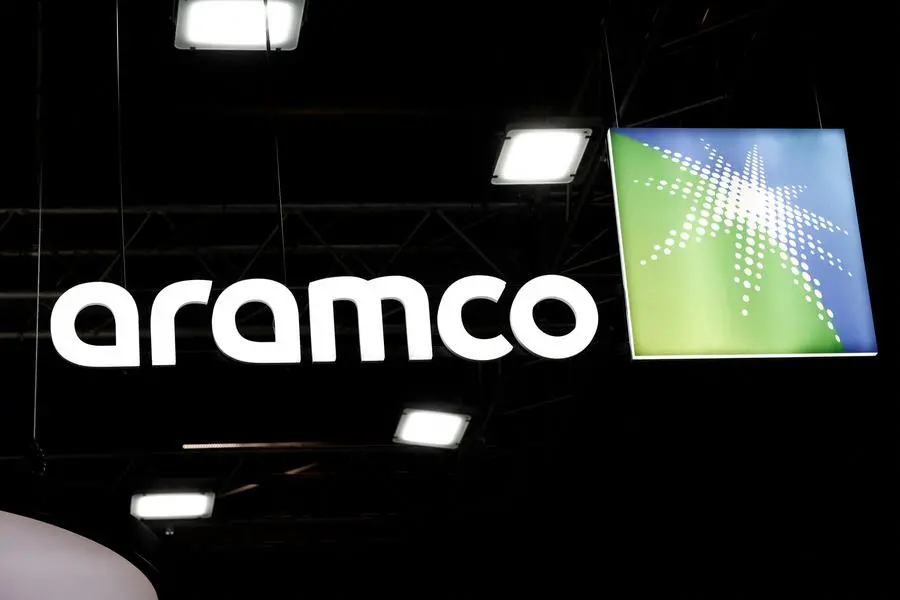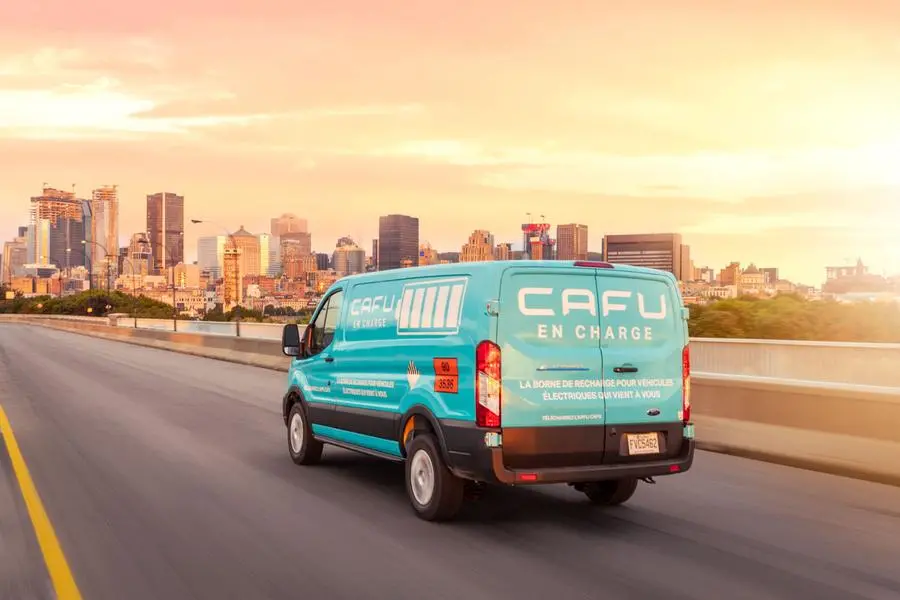PHOTO
TOPSHOT - A man is pictured inside his car in front of Petare neighborhood in Caracas on August 30, 2024. Power was gradually returning to Venezuela on August 30, after a widespread power cut, attributed by the government to 'sabotage� and an attempted coup d'�tat, a month after the disputed re-election of Nicolas Maduro. (Photo by JUAN BARRETO / AFP). Image used for illustrative purpose.
The Southern African Development Community (SADC) member states are mulling alternative sources of energy to deal with frequent power shortages.
The bloc this week focused on energy sufficiency amid a punishing drought that has reduced capacity of some of the key sources of hydroelectric power in the region.
At the 57th Executive Committee meeting of the Southern African Power Pool (Sapp) held in Dar es Salaam, officials said the impending power deficit was a matter of emergency.
Five member states, Tanzania, Mozambique, Zambia, Zimbabwe and Malawi, have put in place the Energy Sector Plan that seeks to increase power generation by over 70 percent and invest at least $170 billion over the next 15 years.
In the SADC, access to electricity is both a systemic and economic problem because the poor cannot afford electricity and the produced power mostly cannot be distributed to the far-end consumer.
Read: Zambia and Zimbabwe face dark days aheadKhatibu Kazungu, Tanzania’s Deputy Permanent Secretary in the Ministry of Energy (in charge of electricity and renewable energy) admitted to this problem.“Tanzania has made significant progress in electricity generation projects although it is not fully utilised by supplying locally and internationally,” he said.
The Tanzanian government is developing electricity generation and distribution targeting to produce 600MW from solar and 5,000MW from geothermal sources.
The energy problem in SADC region is neither unique nor new. Power cuts have been endemic among member states such as South Africa from as far back as 2014, owing to unreliable transmission systems, which officials admit are outdated and need to be revamped.
In Tanzania, power production projects under development are expected to help reduce power rationing but some have fallen behind schedule.
The Julius Nyerere Hydro-Power Project (JNHPP), for instance, produces 700MW for local use.
Started in 2019, the project is expected to produce a total of 2,115 MW when complete. Officials said that is expected from the end of 2024.
But Tanzania, unlike Malawi and Zimbabwe, has faced frequent floods, sometimes slowing down the pace of the project, which also faced delays after some international financers kept off, citing adverse findings in an environmental study for the project.
Overall, projected plans for alternative power production indicate the SADC region could add some 26,000MW of new power per year by 2027 if all projects are completed in time. That could add some 65 percent of power to the Sapp.
Still, the delays have been common. The Hydroelectric de Cahora Bassa (HCB) North Bank hydropower project in Mozambique, for example, could have added 1,245 MW to the regional power grid, but it is incomplete.
Other projects include Mphanda Nkuwa, the Batoka Hydro Power Station jointly developed by Zimbabwe and Zambia, and the Inga 3 dam in the Democratic Republic of Congo.
The Batoka project involves the construction of a dam and a hydropower plant on the Zambezi River with a potential capacity of between 1,600MW- 2,000MW to be shared equally by Zambia and Zimbabwe.
© Copyright 2022 Nation Media Group. All Rights Reserved. Provided by SyndiGate Media Inc. (Syndigate.info).
EMMANUEL ONYANGO
